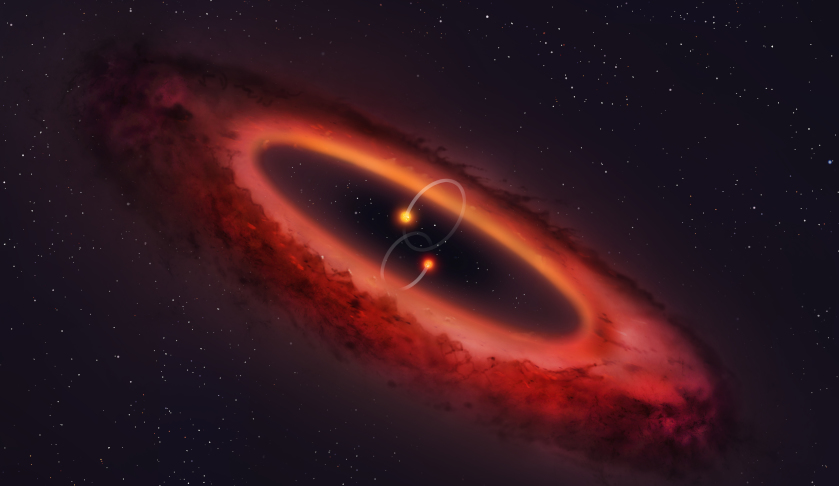The scientists, led by Alexandra Doyle, a UCLA graduate student of geochemistry and astrochemistry, developed a new method to analyse in detail the geochemistry of planets outside of our solar system.
Doyle did so by analysing the elements in rocks from asteroids or rocky planet fragments that orbited six white dwarf stars.
Edward Young, UCLA professor of geochemistry and cosmochemistry, added, "We have just raised the probability that many rocky planets are like the Earth, and there’s a very large number of rocky planets in the universe."
White dwarf stars are dense, burned-out remnants of normal stars. Their strong gravitational pull causes heavy elements like carbon, oxygen and nitrogen to sink rapidly into their interiors, where the heavy elements cannot be detected by telescopes.
The closest white dwarf star Doyle studied is about 200 light years from Earth and the farthest is 665 light years away.
Doyle expanded on the importance of this, saying, "By observing these white dwarfs and the elements present in their atmosphere, we are observing the elements that are in the body that orbited the white dwarf."
The white dwarf’s large gravitational pull shreds the asteroid or planet fragment that is orbiting it, and the material falls onto the white dwarf, she said.
"Observing a white dwarf is like doing an autopsy on the contents of what it has gobbled in its solar system," Doyle added.
When iron is oxidised, it shares its electrons with oxygen, forming a chemical bond between them, Young said.
"This is called oxidation, and you can see it when metal turns into rust," he said. "Oxygen steals electrons from iron, producing iron oxide rather than iron metal. We measured the amount of iron that got oxidised in these rocks that hit the white dwarf. We studied how much the metal rusts."
Rocks from the Earth, Mars and elsewhere in our solar system are similar in their chemical composition and contain a surprisingly high level of oxidised iron, Young said.
The researchers said the oxidation of a rocky planet has a significant effect on its atmosphere, its core and the kind of rocks it makes on its surface.
Until now, scientists have not known in any detail whether the chemistry of rocky exoplanets is similar to or very different from that of the Earth.
How similar are the rocks the UCLA team analysed to rocks from the Earth and Mars?
The researchers studied the six most common elements in rock: iron, oxygen, silicon, magnesium, calcium and aluminium. They used mathematical calculations and formulas because scientists are unable to study actual rocks from white dwarfs.
"We can determine the geochemistry of these rocks mathematically and compare these calculations with rocks that we do have from Earth and Mars," said Doyle, whose background is in geology and mathematics.

